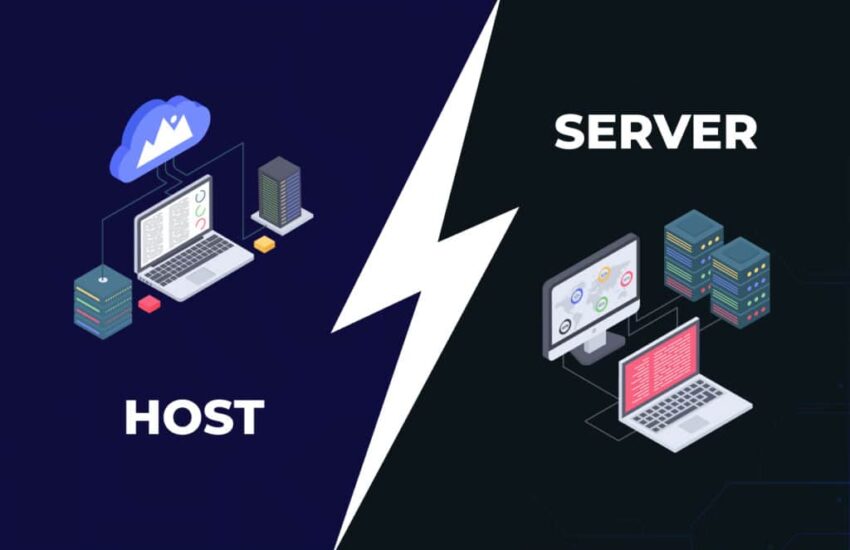Lesser Known Ways To Optimize Your VPS Hosting Server
As your website grows, the selection of a web hosting server plays a crucial role in determining the overall success. If you have VPS hosting and it appears to be working fine, you must thoroughly study how to boost your VPS hosting server.
Understanding VPS Hosting
This is a kind of hosting that generally replicates a dedicated server. It has become popular because it is usually cheaper and can provide better security, reliability, and performance than shared hosting environments. In addition, users get root access to the server, enabling them to install applications as needed.
The Six Lesser Known Ways to Boost Your VPS Hosting Server
1. Update the Apache Settings
Wrong configuration of the Apache settings can cause critical complications that decrease web page speed and hampers the overall performance. So, update the Apache settings to keep your website running.
2. Cache Implementation
Implementing caches to your website content is one of the most fruitful ways by which you can boost your VPS servers. It helps reduce downtime and speeds up your website navigation process, mainly when it receives heavy traffic. So, when the consumer requests to get content related to a web page, it is served immediately from the cache instead of getting processed at the server end. This ensures that the consumers take less time and have a better navigation experience.
3. Update the Model of MySQL
It is essential to replace the MySQL database model as it is the most critical step in optimising your VPS hosting server. Updating to the latest version of MySQL is vital because the older versions might be unable to handle updates and protection patches, ultimately slowing down the overall site performance and making it vulnerable to attacks.
4. Use a Content Delivery Network
A content delivery network comprises a dispersed network of proxy servers strategically located at different locations. For example, when you optimise VPS for wordpress, the server stores copies of your website content, such as images, videos, and text. So when anyone visits your site from anywhere around the world, CDN can promptly deliver the content to the customers from the closest available servers, which makes your website load much faster for everyone, regardless of the location.
5. Implement Content Optimisation
Optimising your website content improves the overall performance of your VPS servers. You can use image compression tools to reduce files while maintaining quality. In addition, minimise the script size and stylesheets to decrease the page loading times.
6. Load Balancing
The presence of load balancers distributes the incoming traffic, prevents overloading, and ensures high availability. Load balancing provides the best VPS hosting optimisation by diverting the traffic away from the failed servers.
Conclusion
Typically, customers do not wait for more than three seconds if your page runs low. They may leave your website and visit the competitors’ website within a fraction of a second. So, if you feel your website is not performing well, immediately implement the above-mentioned ways on your VPS server to optimise your website for higher performance and ensure quick loading.

